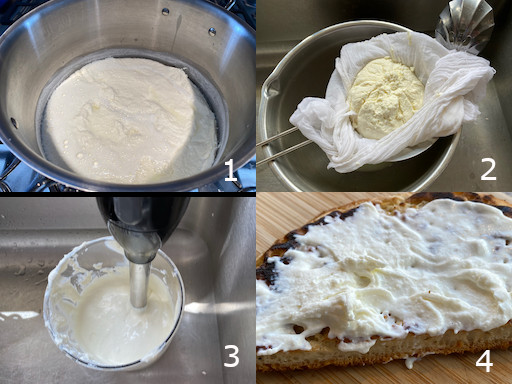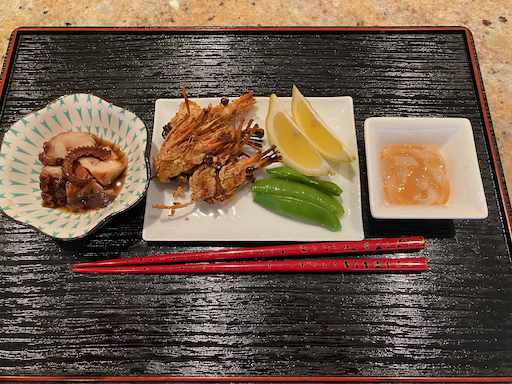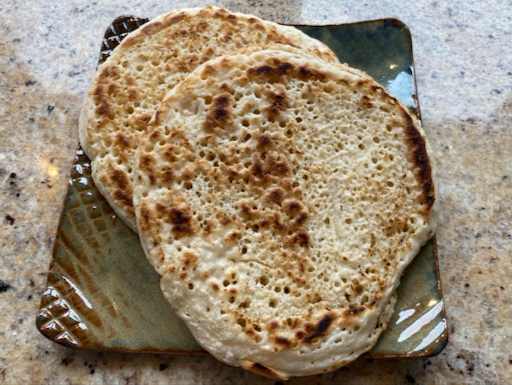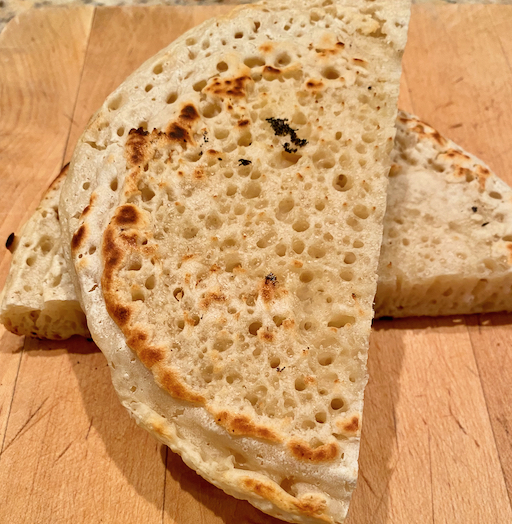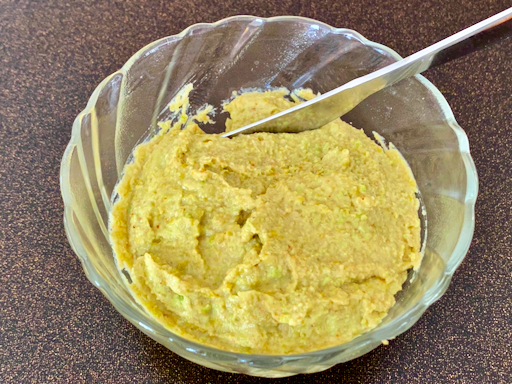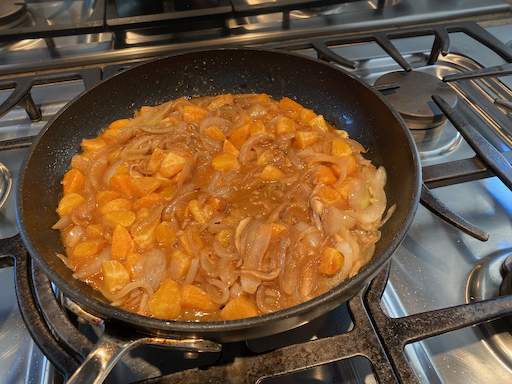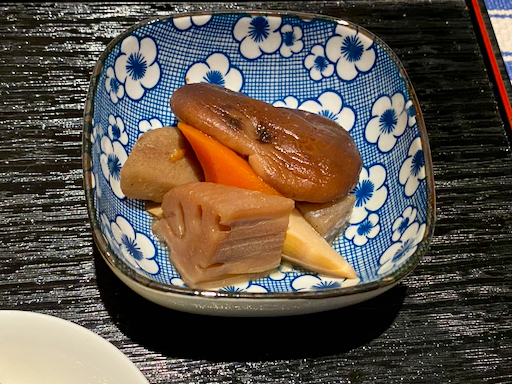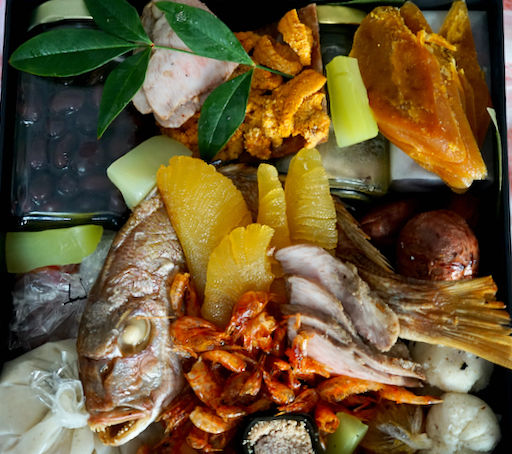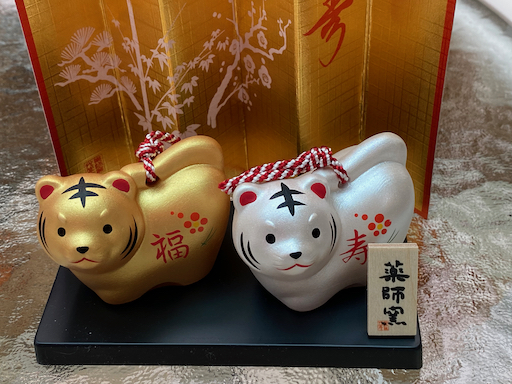The recipe is from Washington post. I am sure my wife modified the recipe. So I will ask her to take over.
2 russet potatoes
4-6 tablespoons unsalted butter (or to taste)
1 small yellow onion, finely chopped and caramelized in a sauce pan.
2 cups of shredded sharp cheese (I used a combination of smoked gouda, Monterey Jack and Irish cheddar)
Salt to taste
1 teaspoon freshly ground black pepper
Chopped fresh chives, dill or scallions, for garnish (optional)
1/2 package (about 20) gyoza skins
Directions:
To make the filling: Cook the potatoes, skin on, in the micro wave (about 10 minutes). Peel and mash in a bowl adding all the other ingredients (#1).
To assemble the pierogi: Wet the edges of the wonton skin with water. Add about 1 tablespoon of the potato filling to the center of the Wonton skin. (I used the smallest ice cream scoop). Fold over the skin to enclose the potato mixture and press firmly to seal making sure there are no air pockets. (I used the handy-dandy presser (see picture below).
To finish, bring a large pot of well-salted water to a boil. Drop the pierogi in a few at a time, so as not to crowd the pot, gently stirring them so they don’t stick together (#3). Cook until they begin to bob to the surface, about 4 minutes. Remove with a slotted spoon. Drain them on a rack (#4) While still hot coat with olive oil so they don’t stick together after they cool.
My wife admitted that while good, these pirogi were only vaguely reminiscent of the pirogi of her childhood. (Maybe an afternoon spent swimming is required seasoning for this dish?) Although the cheese flavor wasn’t pronounced, the overall flavor was very rich. The caramelized onions were very nice. Served this way with the tomato sauce, the pirogies were more like ravioli (can’t go wrong with that).








